Pelargonium Yug: features of varieties and cultivation

Pelargoniums have won the love of many flower growers. Luxurious decorative flowers with a delicate scent transform any room. Thanks to the efforts of breeders, the assortment of crop varieties is constantly being replenished. A variety of shades and shapes makes it possible for everyone to find a plant to their liking. One of the most popular groups is Pelargonium Yug. Consider the characteristics and features of growing these flowers.
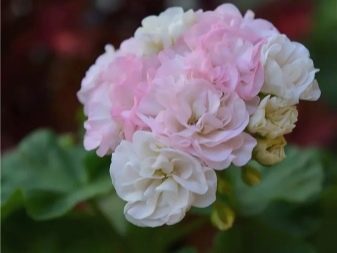
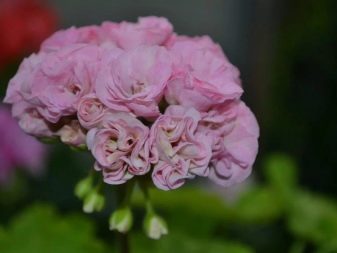
general description
Pelargoniums are part of the Geranium family. It unites several hundred species of plants. These are both dwarf shrubs and herbaceous specimens. At home, only a few types of pelargonium are grown. But even so, the choice is very wide.
Flowers have a variety of colors. They form small or large umbrella-shaped inflorescences. White, soft and bright pink, red, burgundy, purple and other expressive tones leave no one indifferent. The colors can be either monochromatic or combined. The leaves are simple but beautiful. Usually they are green, but there are other variants, including variegated ones. Plants are perennial.
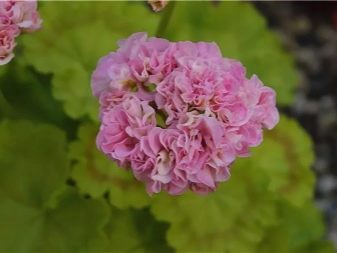

Pelargoniums of the YUG series are the creations of the wonderful breeder Yulia Gonchar from the Voronezh region. Actually, the capital letters in the name of the varieties just mean the initials of the creator. All varieties bred by Julia bloom willingly and profusely. Bushes are usually compact, fluffy. The exception is Yug-Shukar, which is of medium height and requires formation.
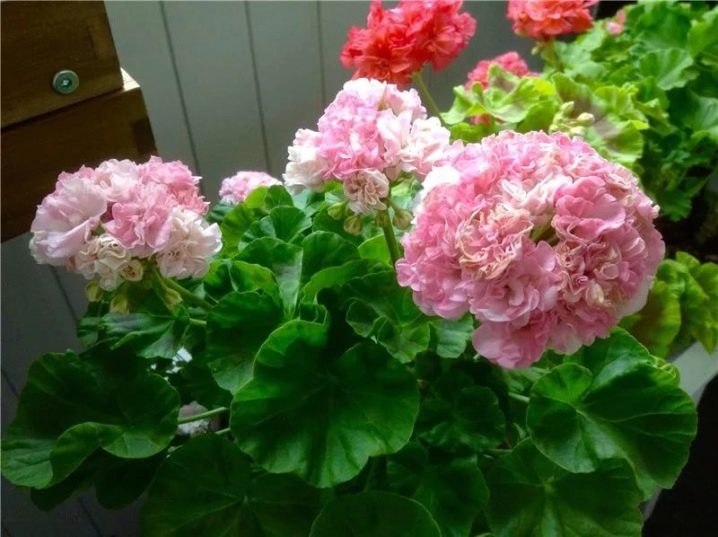
Varieties
The group includes an impressive number of varieties. Let's consider the most popular ones in more detail.
- Yug-Shukar. It is a zoned variety. Plant dimensions are standard. To give the bush a decorative shape, it should be cut regularly. Inflorescences are located on all sides. Flowers can be regular or double. The rich cherry-red color of the petals makes the plant very effective. The foliage is dark green.
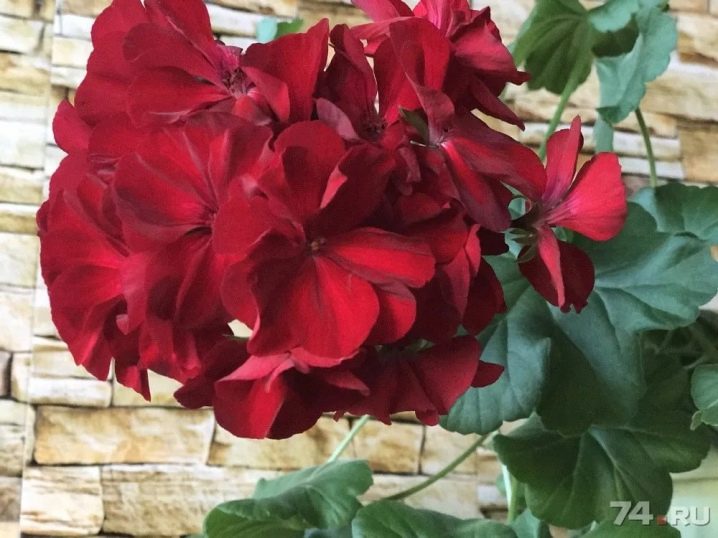
- Yug-Yadviga... Bright pink large flowers form lush caps of inflorescences. Strong, compact bush. It does not require shaping, grows pretty and very neat. Leaves are green, ordinary.
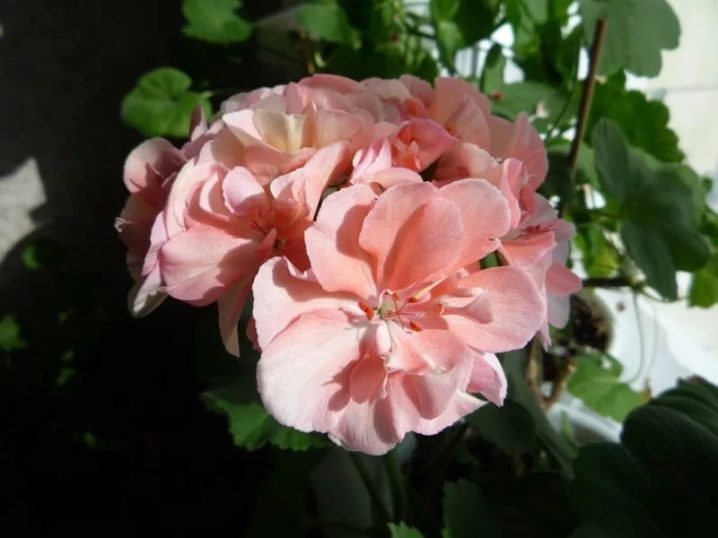
- Yug-Sakura... This variety got its name because the voluminous double flowers of delicate colors really resemble the culture of the same name. The petals are painted in a light pink tone. Crimson rays radiate from the center of the flower, giving it even greater expressiveness. The foliage is medium green, dense, without zoning. The edges of the leaves are framed by small denticles.

- Yug-Barbara beauty. This is a charming dwarf. The bush is distinguished by its density and beautiful regular shape. No cropping required. Blooming terry buds resemble roses or mini-peonies. The light pink monochromatic color of the petals becomes brighter in the light. Abundant and long flowering pleases the grower with lush inflorescences, reminiscent of the bride's bouquets.

- Yug-Zlatoslav. A very bright dwarf variety. Green, dense foliage with a golden tint is beautiful in itself. Wavy purple-pink flowers complete the look, making the plant a worthy decoration for any room.
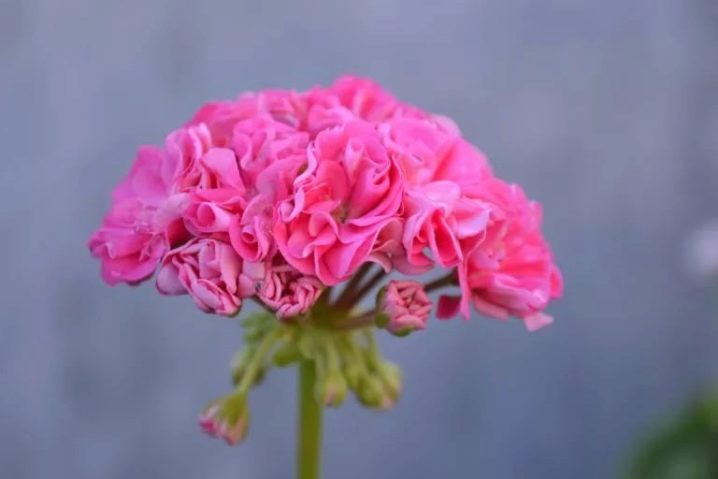
- South-Claudia. White-pink fluffy flower caps adorn a compact bush with rich green leaves. The plant does not require formation. The variety is very popular among romantic women who are fond of floriculture.
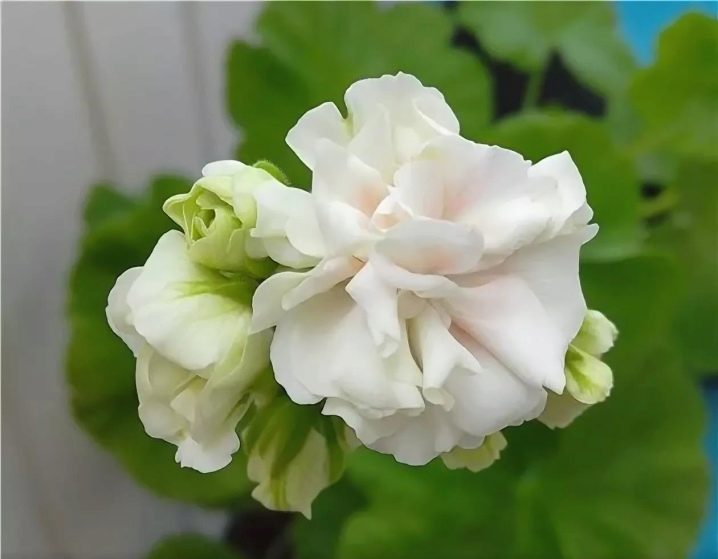
- SOUTH Princess Grace. The royal name was given to this variety for a reason. This luxurious pelargonium will become a real star in the collection of any florist. The plant resembles a rose bush. Rough green leaves and large buds, which are in the form of a rose, are eye-catching. The shade of the petals is pale pink with tints.

- Yug-Nina. Another embodiment of tenderness. This gorgeous rosebud has golden foliage. Each leaf has an exquisite brown border. Densely double flowers have a pale pink color with a pale purple tint. Abundant flowering. The bush is neat, forms itself. Stems and peduncles are directed upwards. Growth type - dwarf. The variety was named in honor of Yulia's grandmother.
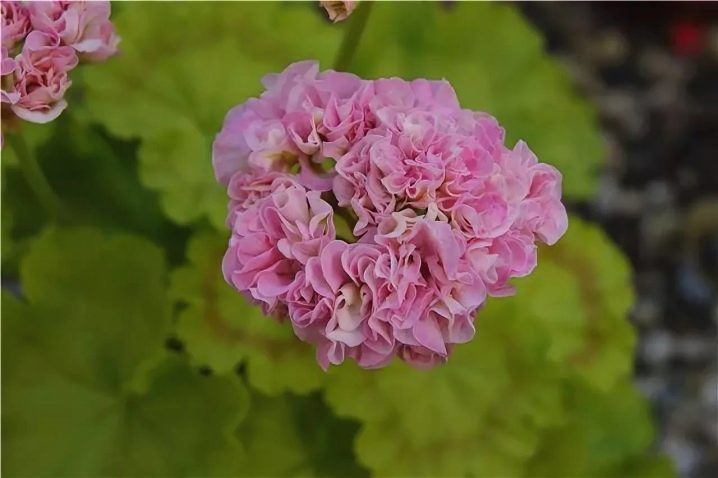
- Yug-Kamaliya. This dwarf variety is famous for its very long flowering (even winter does not prevent it from delighting its owners with elegant flowers). Terry rose petals. The inflorescences have an unusual shape: they seem to be slightly disheveled. Nevertheless, many growers consider the variety to be very cute.
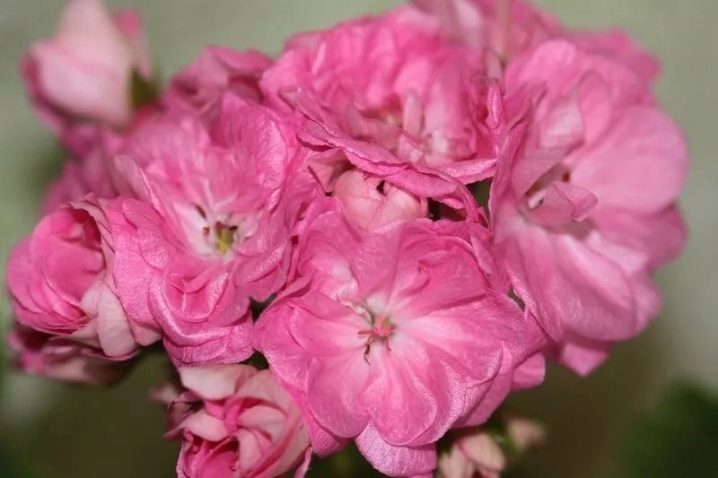
And also the currently known varieties created by Julia include YUG-Polina, YUG-Bibigul, YUG-Deya, YUG-Michel, YUG-Suvsana and a number of others. In order for the plant of the selected variety to be healthy and retain its decorative effect, some features of the cultivation of pelargonium should be taken into account.
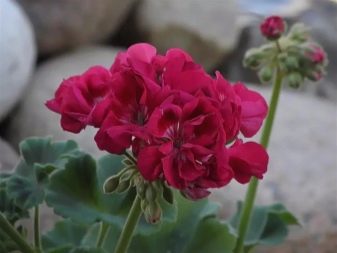

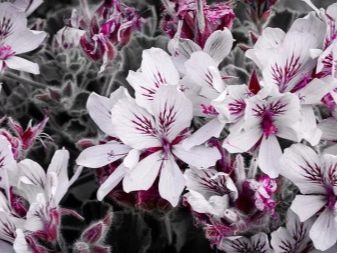

Landing
It is better to choose a small clay container for planting. The dimensions of the pot are directly related to the formation of the bush and the abundance of flowering. In large containers, the culture almost does not bloom.
Place on the bottom drainage layer (about 2 cm). Move the plant very carefully so as not to damage the delicate root system. You need to carefully fill the roots with soil. without ramming. In conclusion, you need to water the flower with clean warm water. Suitable for watering only settled or filtered liquid.

Conditions of detention
The culture is light-requiring. The best places for placement are the southern and eastern windowsills. For the full development and formation of a neat bush shape, it should be periodically rotated relative to the window: this way all its sides will receive an equal amount of light. If the lighting is not enough, the florist will know about this by the yellowness of the foliage.
In this case, you need to regularly ventilate the room. Fresh air will allow the culture to maintain its vigorous appearance, the brightness of the leaves and the splendor of the flowers. Air humidity is not a very important factor for Pelargonium in the South. However, if you want to provide the most comfortable conditions for your green pet, keep this figure at 60%. There is no need to spray the plants.
In spring and summer, the optimum temperature will be from 20 to 23 °. The plant does not tolerate heat very well. In winter, the flower rests. During this period, it is better to provide him with a temperature regime of 15 to 17 °.
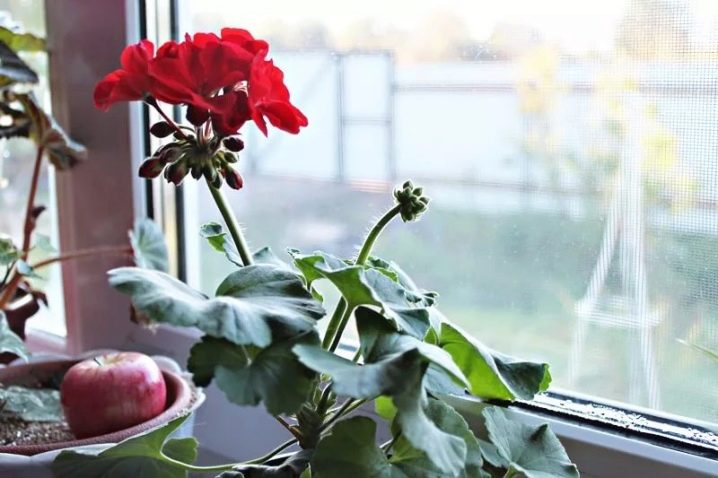
The soil
Loose nutrient soil is suitable for pelargoniums of the considered group. In addition, it must be water and breathable. A florist can take the easy route and purchase potting potting mix at the store. You can prepare the soil yourself. In this case, you should take in equal shares:
- turf;
- leafy ground;
- sand;
- peat;
- humus.
The acidity level should be neutral. The culture does not like transplantation. Therefore, the plant should be moved at most once every 2-3 years.
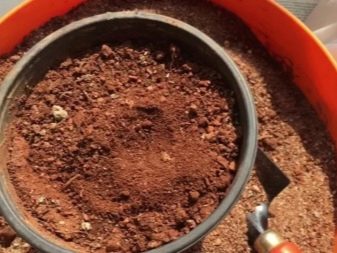
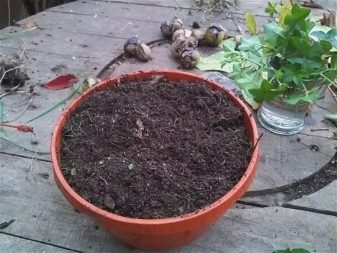
The nuances of care
Moistening the soil should be regular, but moderate. Moisture stagnation must not be allowed. In a warm season, one watering per week is enough. In winter, water procedures are carried out even less often: once a decade. Excessive moisture can be judged by rotting roots, deterioration in the appearance of the green part of the plant.
Not all varieties of the YUG series need pruning. This procedure only forms the plant if it does not itself maintain a decorative appearance. In addition, some very long stems can break. To avoid this, they are pinched. When pruning, it is important to use only sterile instruments.
Fertilizers are applied during the warm season. During these months, the culture is actively developing, spending energy on the formation of flowers. Therefore, she needs additional food.
Ready-made mineral complexes intended for home flowering crops are suitable. But if the summer turned out to be very hot, feeding should be postponed until the onset of cooler days.
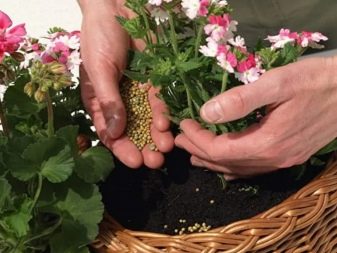
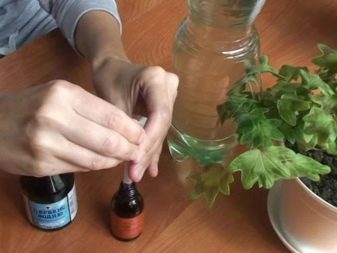
Diseases and pests
The culture has good immunity. However, sometimes there are unpleasant symptoms of gray mold, rust, root rot. For preventive purposes, the flower is treated antifungal drugs.
If the disease progresses or pests are found, fungicides come to the rescue. In this case, the affected parts are eliminated.
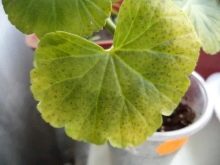

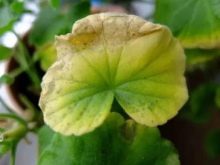
Reproduction
Cuttings
After the plant has faded, a stalk is taken from it. It should be a stem with 3 or more leaves. Places of cuts are sprinkled with ash. The stalk is lowered into water and waited for the roots to appear. The preferred air temperature is about 20 °. Usually after 2 weeks, changes are already noticeable. A young plant with a root system is moved to a permanent container.
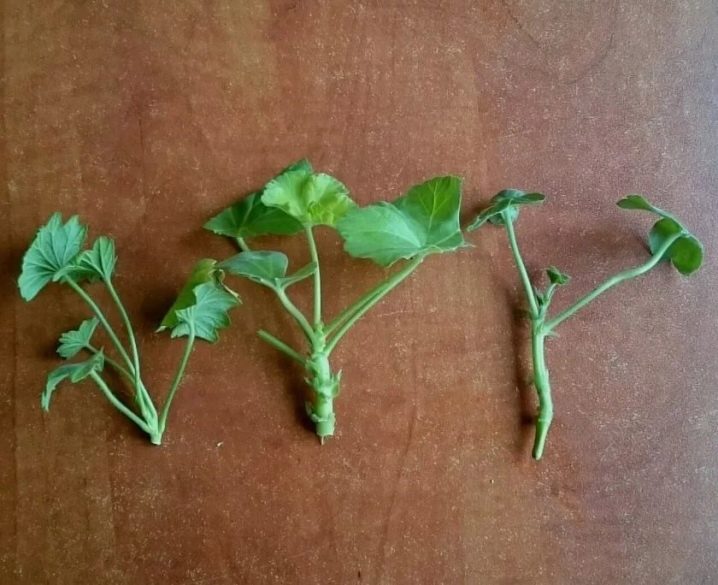
By dividing the bush
This procedure is best combined with a transplant. The flower is carefully removed from the pot, the roots are shaken off the ground and separated. Each part should have 2-3 buds. After that, the plants obtained by dividing should be planted in separate pots.
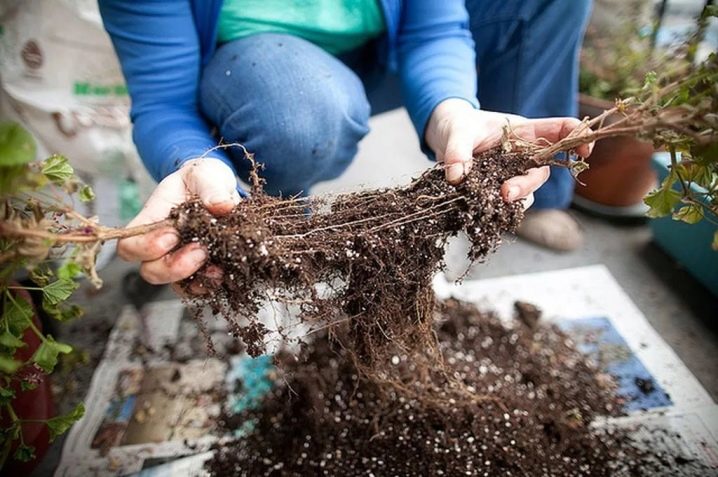
How to properly care for Pelargonium Yug, see below.































The comment was sent successfully.